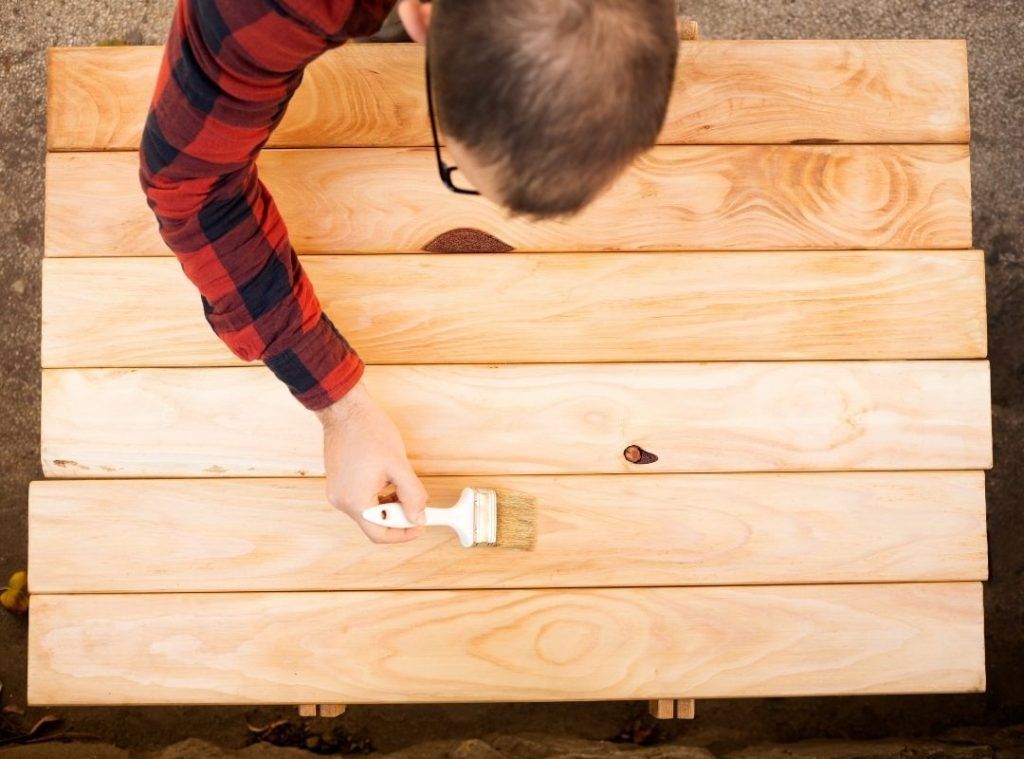Timber is one of the best building materials available, offering unrivalled natural beauty and versatility. But because it’s a raw material, it can be susceptible to vulnerability, both before and after it reaches a mill. This includes natural forces, such as volatile weather conditions and insects to improper storage and seasoning after it’s been cut down. In today’s blog, we look at the most common types of wood defects and how you can identify these problems to ensure you purchase the best timber for your home.
Types of wood defects: Natural
Wind cracks
As the name suggests, wind cracks in timber refer to wood that’s been exposed to strong wind. This can cause the wood to shrink, creating cracks in the outer surface which leaves the wood vulnerable.
Shakes
Shakes are another form of cracks in timber, which cause the wood fibres to separate. These kinds of common timber defects can occur in five different patterns:
Ring galls
These types of wood defects occur when a tree branch is incorrectly removed and is characterised by a growth of layers forming a callous over an injured part of the tree.
Chemical stain
Chemical stains can occur on wood if trees are located in areas with chemical gases, causing the wood to become discoloured.
Knots
As one of the most common defects in timber, knots occur when branches die off and the bases become enclosed by a second layer of wood. Though this is considered a defect, knots in wood can create an interesting visual and are commonly seen in hardwood floors.
Coarse grain
Coarse grain refers to timber with large rings, which signifies that wood is older and therefore weaker.
Dry rot
Dry rot is caused by a wood-eating fungi and occurs when timber is not correctly ventilated or seasoned. This can also happen when no sunlight or dampness is present, creating the ideal breeding ground for dry rot.
Wet rot
On the other end of the spectrum, wet rot refers to fungi that grows in environments where the moisture content is too high.
Brown or white rot
These common timber defects are caused by the cellulose compounds consumed by fungi, turning the wood brown or white.
Sap stain
Sap stain occurs when the moisture content in timber reaches more than 25%, making the sapwood discoloured.
Insects
Termites are common defects in timber, and can bury deep into the wood, causing structural damage. The most common insects that attack wood include:
- Termites: These white ants form colonies deep 2inside the wood, eating away at the timber until it starts to break apart.
- Beetles: Beetles destroy the sapwood of the tree, creating tiny holes that disrupt the internal structure.
- Marine borers: These insects are usually found near coastal areas, creating large holes in the wood, rendering it weak and discoloured.
Types of wood defects: Seasoning
Warping
Timber that is stored for too long can start to warp or if the conditions it’s kept in are too moisture heavy.
Check
Check refers to cracks in the wood and can occur from over seasoning, which causes the wood to dry.
Split
A split occurs when a check becomes more prominent and can cause the wood to split into multiple areas.
Case harden
Case hardening typically occurs when the wood is dried too aggressively and is characterised as a condition of timber stress. The outside timber dries quicker than the inside, creating a hard outer shell.
Collapse
Collapsing can occur when only some parts of the wood dry causing drying shrinkage. As this is not evenly dispersed, timber can have a wavy appearance.
Interested to Learn More?
Looking for timber supplies Brisbane wide? At Versace Timbers, we stock only the highest quality timber sourced from reputable sources. If you’re on the hunt for strong structural timber for your project, get in touch with our team by calling 07 3266 9000 or visit us at our timber yard at 33 Vauxhall St Virginia QLD 4014.

